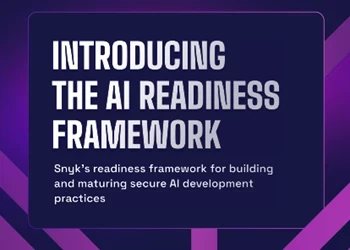Fighting New Threat Paradigms With Cyber Threat Intelligence
Threat Defense Only As Effective As The Underlying Intelligence
Add bookmark
The history of network security efforts has primarily been focused on protecting connections to and from the network. After several years, threats began to shift and new threats required traditionally separate security tools to work together, to inspect and secure data.
Today, as society continues to shifts towards a digital economy, security tools that can effectively defend against new threat paradigms are only as effective as the threat intelligence behind them thus, the race between IT professionals and cybercriminals continue.
See Related: Threat Intel Tools Take Enterprises Away From ‘Reactive’ Posture
Security programs must protect the business so they understand business outcomes and prioritize investment based on risk and impact. Understanding the variety and value of threat intelligence enables the organization to identify, prioritize and respond to threats.
Often, the type of intelligence that security teams focus on is technical. Everything from data hashes to threat detection tools fall into technical intelligence. However, there are multiple types of intelligence gathering is possible, ranging from Strategic to Operational to Organizational.
A great way for organizations to understand where to start is to complete a security model maturity assessment. Regulated industries, such as financial services, must have a mature security program. In contrast, a smaller business that does not have multi-national operations may not require a program at the same level of maturity. At minimum, this type of model maturity reflection provides the confidence that your policies and plans for security make sense on paper.
See Related: How To Build A Cyber Threat Intelligence Program
Another benefit from understanding security model maturity include decisions on threat protection and people investments. Investing in the right people and products is necessary to not make your people repeat behaviors over and over again. This is where emerging technologies, including machine learning, can be assistive in growing the organization’s security scope and scale without adding burden to personnel.
Beyond investing in several intelligence tools, there are easier ways. The presentation highlights several no-cost paths for continuous learning that can be pursued immediately. Note that there are tradeoffs when using free versus commercial threat intelligence solutions.
Additional questions addressed in the presentation include:
- Learn about 5 types of threat intelligence necessary for every organization
- What tools and resources are available for every organization regardless of size, budget and security maturity level?
- How do enterprises benefit from cyber communities?
- How can an organization increase access to threat intelligence without getting overwhelmed by all of the information?
Listen to the Digital Summit replay for this session at Cyber Security Hub.
See Related: Threat Intelligence And Dynamic Risk Management

























